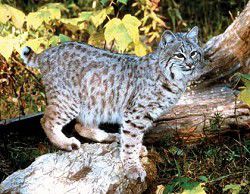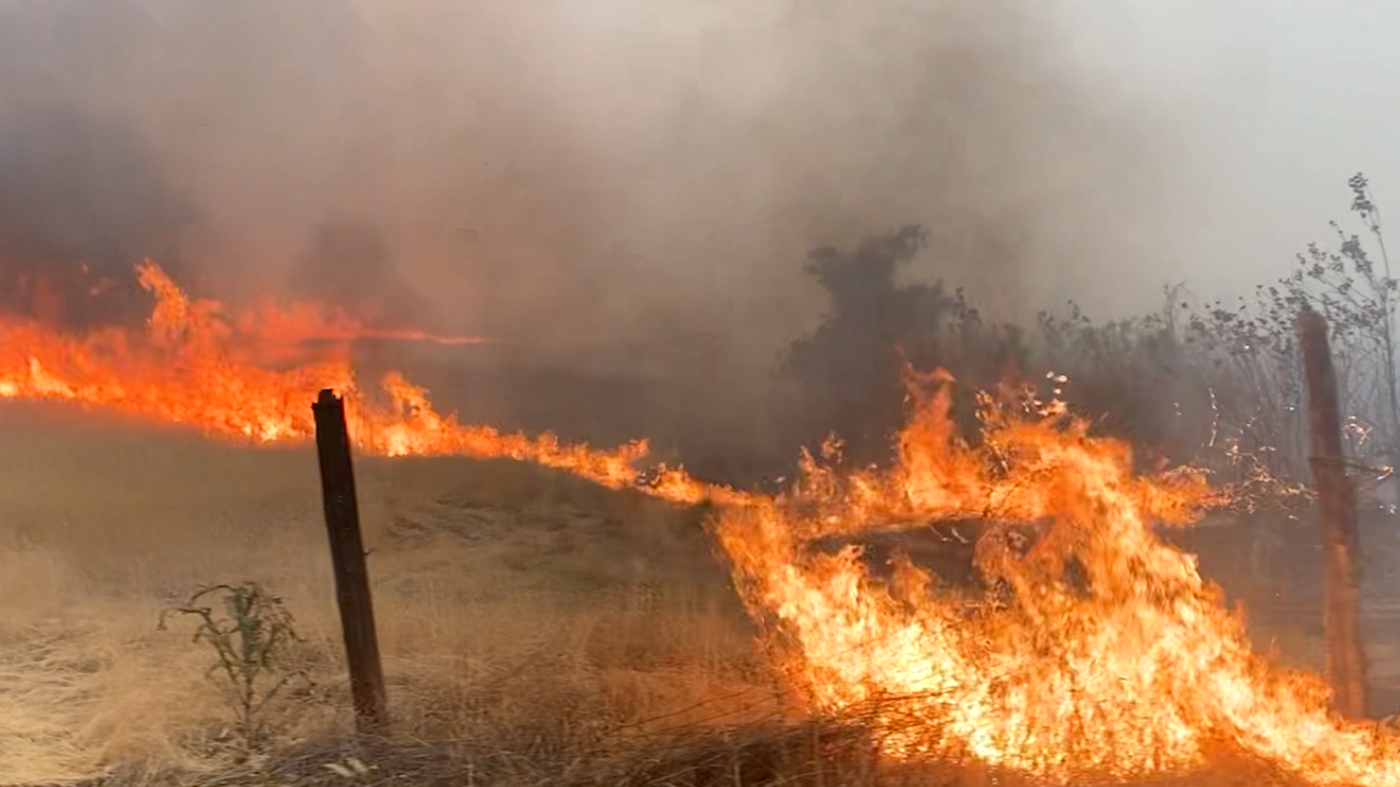Oregon Lynx populations? Or just Bobcats?
Published 5:00 pm Tuesday, August 15, 2006

- Bobcat (scientific name, Lynx rufus): Note tail tipped in white from underneath. Photographed in Montana.
Both big cats share the genus ‘lynx’, but minute differences are visible to trapper’s trained eye.
Trending
An article earlier this year in the Blue Mountain Eagle by Arleigh Isley regarding the lynx raised the question as to whether, historically, there had ever been many of these cats in northeastern Oregon’s Blue Mountains (see accompanying box). I have some thoughts and personal experiences I would like to add on this subject.
As a young boy living in Prairie City, I ran a trap line and developed a lifelong intense interest in predatory mammals. It was extremely difficult for me to learn in a classroom, but I have always been gifted in seeing and remembering the slight nuances that often separate the species.
Early on, I caught bobcats and soon discovered that they varied in size, color and markings. Every so often, I would catch a large blue-gray male bobcat with very indistinct markings that could have been mistaken for a lynx by an untrained eye. Over the years, I looked at the skins and photographs of several dead cats that folks were claiming to be lynx taken here in Eastern Oregon. In every case but one, they were bobcats.
Trending
That one exception was a cat taken by Wendell Weaver of Wallowa, down on the lower Imnaha River. There was strong evidence that this lynx was not endemic to that location since its feet were full of cactus spines. The bobcats Weaver normally took in that area seldom had cactus spines in their feet. It seems very likely this particular lynx wasn’t familiar with the danger of treading among cactuses.
Because, historically, so many bobcats and lynx killed were taken by people who may not have known the differences between the two species, I am suspect of those early reports quoted in Mr. Isley’s article. I also believe that many outdoors people are even better at stretching the truth than they are at catching lynx. At least that would hold true with some of the old boys I hung around as a kid. So with the art of lying aside, why so much confusion in identifying these two cats species? Maybe I can explain.
Let’s look briefly at the classification of these two animals. They are both from the cat family, and also both from the genus “lynx.” The scientific names are: Lynx rufus for the bobcat, and Lynx lynx for the lynx cat. Since these two species are so closely related, it’s no small wonder they are similar in appearance. The lynx’s tail is tipped in black on both the top and bottom. The bobcat’s tail may appear to be tipped in black, but is white on the underside coming up onto the very extreme tip. The lynx is noticeably higher in the hips than the shoulders, while the bobcat is much less so proportioned. They both have ear tuffs and jowl whiskers, with these features more exaggerated in the lynx. There are many more differences, such as hair often completely covering the bottom of the lynx’s feet, but since two pictures are worth 2,000 words, I’ll leave off on the descriptions.
While it appears to me that the lynx was an uncommon or even rare visitor to northeastern Oregon (at least in the recent past), this conclusion could be wrong. There are habitats in our high country that are appropriate for lynx populations to occupy. Whether there has ever been a stable population there, may never be answered. However, with wild things and wild places losing ground at a horrendous rate, it just seems right to share our little piece of earth with Lynx lynx.
? Terry Steele is a photographer and writer living in Ritter.









